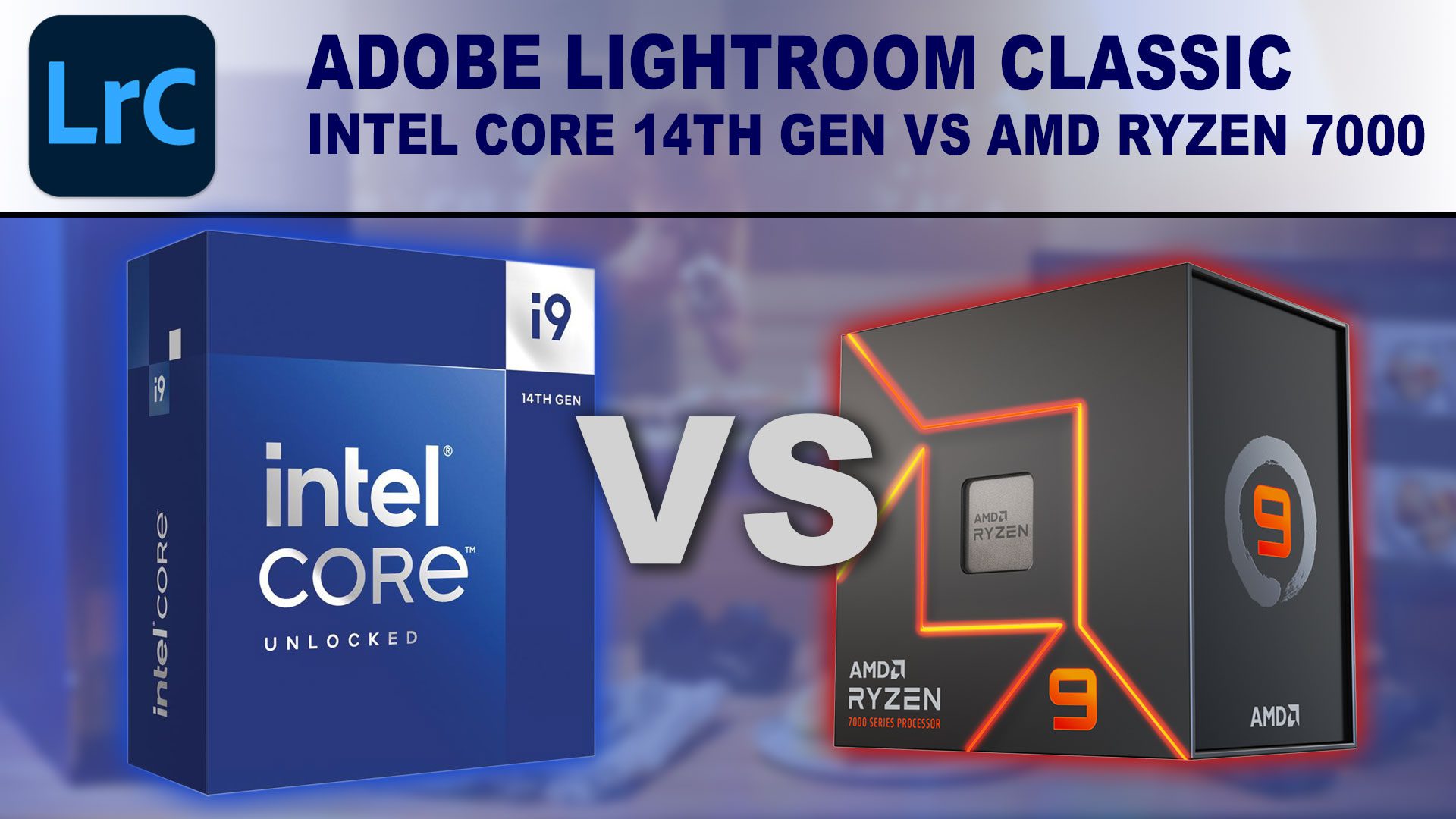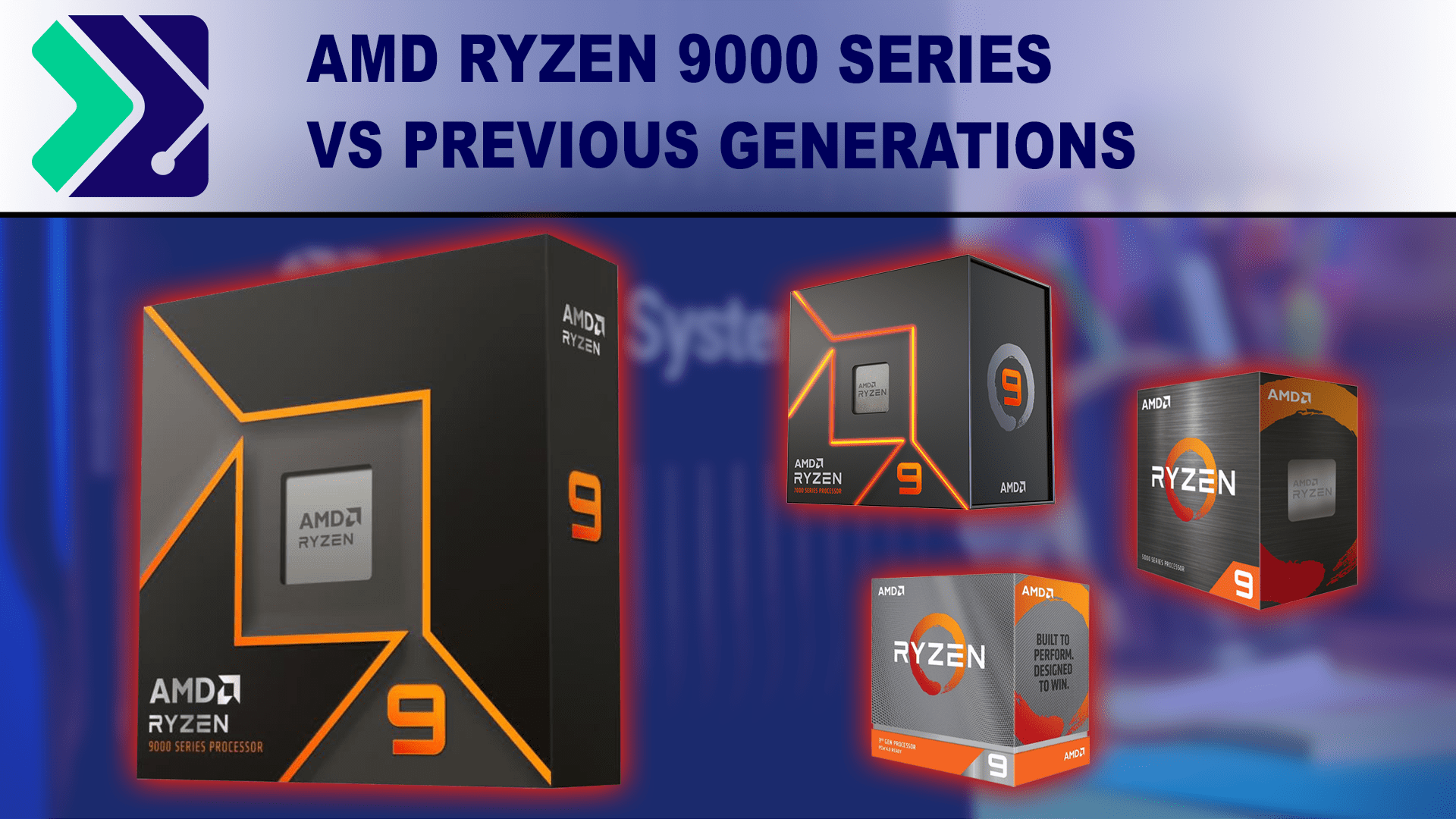andrewwest275
Member
Hi
So my current PC (2020 pc specialist build) runs Linux Mint beatifully and here is the basic spec:
Case
FRACTAL DEFINE S NANO GAMING CASE
Processor (CPU)
AMD Ryzen 5 3600 Six Core CPU (3.6GHz-4.2GHz/36MB CACHE/AM4)
Motherboard
Gigabyte B450 I AORUS PRO Wi-Fi AC (DDR4, USB 3.1, 6Gb/s)
Memory (RAM)
16GB Corsair VENGEANCE DDR4 3200MHz (2 x 8GB)
 Change to: 32GB Corsair VENGEANCE DDR4 3200MHz (2 x 16GB)
Change to: 32GB Corsair VENGEANCE DDR4 3200MHz (2 x 16GB)
Graphics Card
4GB AMD RADEON™ RX 550 - HDMI, DVI - DX® 12
1st M.2 SSD Drive
512GB INTEL® 660p M.2 NVMe PCIe SSD (upto 1500MB/sR | 1000MB/sW)
The PC now has 16Gb Ram as one stick failed.
So as well as a new PC, I'm also in the market for a new camera which will be something special and may have between 60 and 100 Mpx sensor so huge images. I therefore downloaded some JPG's (doubt I will shoot Raw as I want to keep post processing down to a minimum) from the new Fujifilm GFX100RF. The images are about 65Mb each. When I processed the images my PC was throttling like mad and Darktable would just dissapear! after a reboot things would be ok but the PC still struggles with the files.
What do I need to make sure the PC can handle large files? Lots of fast Ram, Fast M.2, CPU, Graphics card?
Many thanks
So my current PC (2020 pc specialist build) runs Linux Mint beatifully and here is the basic spec:
Case
FRACTAL DEFINE S NANO GAMING CASE
Processor (CPU)
AMD Ryzen 5 3600 Six Core CPU (3.6GHz-4.2GHz/36MB CACHE/AM4)
Motherboard
Gigabyte B450 I AORUS PRO Wi-Fi AC (DDR4, USB 3.1, 6Gb/s)
Memory (RAM)
16GB Corsair VENGEANCE DDR4 3200MHz (2 x 8GB)

Graphics Card
4GB AMD RADEON™ RX 550 - HDMI, DVI - DX® 12
1st M.2 SSD Drive
512GB INTEL® 660p M.2 NVMe PCIe SSD (upto 1500MB/sR | 1000MB/sW)
The PC now has 16Gb Ram as one stick failed.
So as well as a new PC, I'm also in the market for a new camera which will be something special and may have between 60 and 100 Mpx sensor so huge images. I therefore downloaded some JPG's (doubt I will shoot Raw as I want to keep post processing down to a minimum) from the new Fujifilm GFX100RF. The images are about 65Mb each. When I processed the images my PC was throttling like mad and Darktable would just dissapear! after a reboot things would be ok but the PC still struggles with the files.
What do I need to make sure the PC can handle large files? Lots of fast Ram, Fast M.2, CPU, Graphics card?
Many thanks




